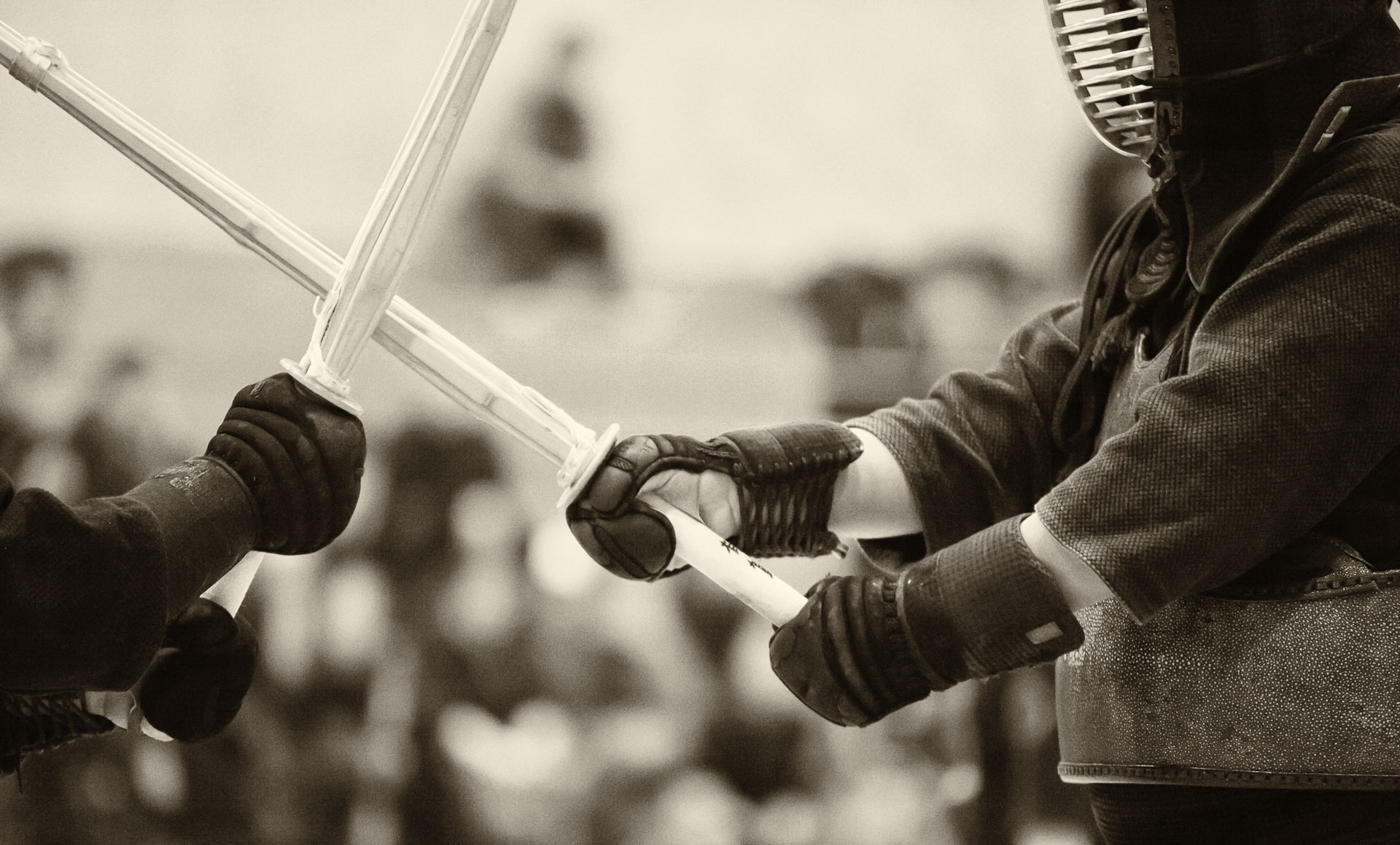
Recently, I listened to an interview with Seth Godin, who wrote many famous business books like “Purple Cow
” and more recently, “Linchpin
.” He made a point that in the modern age of information technology, there is no objective need to ask a for permission to engage in any kind of art, trade or business from anyone other than ourselves. He used an example of book publishing, which nowadays has been reduced to typing the words and hitting “Publish” in WordPress.
The last remaining authority, the one the sits inside our head, is a tough one, though. I think the reason is that we associate ourselves with what we do so closely, that somehow our jobs (not necessarily the paid ones that we do to make a living, but practically any activity) subjectively become our identities. Although this may have nothing to do with reality, there is a real resistance to trying new things that we create for ourselves. In my experience, I sometimes have to consciously convince myself that trying a new kind of shoot, instead of “perfecting” the one(s) that I am already familiar with, would be fun (and almost always is, following the theory that new and challenging activities are most fulfilling).
The benefits of exploring new activities are definitely worth overcoming the internal resistance. For example, although sports photography was distinctly new, challenging and uncomfortable for me after starting initially in the landscape genre, shooting sports opened up an incredibly fun and rewarding area and generally prompted my interest in photographing people.





























